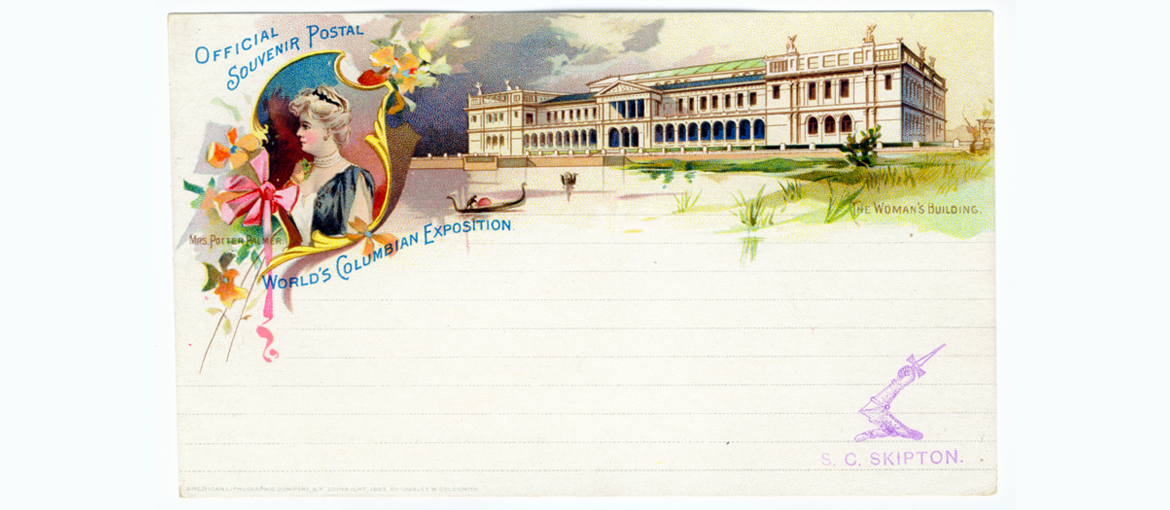Table of Contents
“Like all great inventions, the Picture Postcard has wrought a silent revolution in our habits. It has secretly delivered us from the toil of letter-writing. There are still men alive today who can remember the days when it was considered necessary, and even pleasurable, to write letters to friends. Those were times of leisure. Fortunately, the picture postcard has freed the modern author from this slavery. Formerly, when a man went abroad he was forced to tear himself from the scenery in order to write laborious descriptions of it to his friends at home. Now he merely buys a picture postcard at each station, scribbles on it a few words in pencil, and posts it. This enhances the pleasures of travel.”
With these words, London journalist James Douglas, in 1893, described the capacity of postcards as a means of communication, just 20 years after they first appeared. 1 October 1869 was the date on which the first ‘korrespondenz-karte’ (correspondence card) was sent from the Austrian town of Perg, arriving in Kirchdorf the following day. The message was brief and personal: the sender asked the recipient if he would like to come visit.

In truth, the purpose of the first postcards was simply to reduce costs. Earlier that year, Austrian economist Emanuel Herrmann had submitted a proposal to introduce this new form of correspondence to the Ministry of Trade, which was also published in the ‘Neue Freie Presse’ newspaper. The idea was to send small cards with short texts, such as announcements, regards and greetings, at an affordable price. They could be sent without an envelope, with the stamp already printed, and with the address written on one side and the message on the other. Because of their ease of use, they could also open up a market among those with a more basic level of literacy. The proposal was welcomed by Adolf Maly, the director of the Vienna Post and Telegraph Office, who quickly authorised the circulation of postcards by mail.
Postcards cross borders
Today, it is widely accepted that Herrmann shares credit with Heinrich von Stephan, head of the German Empire Post Office. In 1865, during an international postal conference, von Stephan spoke of the introduction of the ‘postblatt’ (‘open post-sheet’), in the form of a cheque book, as a much cheaper and practical form of communication that the, in his opinion, obsolete letter. However, the idea did not take off. The private postcard (as opposed to those issued by the state) from American company H. L. Lipman, which held the patent since 1861, also found little success, since they had to stop printing because of the outbreak of the civil war.

It didn’t take long for the popularity of this new means of communication to spread, and the number of postcard printers soon grew rapidly worldwide, from Chile to Japan. Furthermore, in 1874, the first congress of the General Postal Union, the forerunner of the Universal Postal Union – the UN body responsible for promoting international cooperation in postal matters – took place in Berne. This is how letters and postcards became able to cross borders without needing to adapt to the laws and tariffs of each country.
The birth of picture postcards
None of these original postcards included illustrations or photos, but their potential soon became evident. Though it is difficult to pinpoint exactly, 1893 is often cited as the year in which illustrated postcards were first marketed for sale to the general public during the World’s Fair in Chicago.

The postcard boom was directly related to the early decades of mass tourism. Travellers wanted to share images of the sites and monuments they had visited. One of the first examples is that of the parents of Prince Edward of York, who in 1896 sent him a souvenir postcard of the Eiffel Tower in Paris.

During the same period, photography was making its way into the world of postcards, a phenomenon that would become truly popular in 1902, when the British Post Office allowed messages to be written on half of the side normally reserved for the address. This left the reverse side free to be completely filled by an image.

The passion for postcard collecting
The “postcard craze” as the press at the time dubbed it, led not only to society depicting landscapes, portraits, exhibitions, royal visits, humorous scenes or even current events, but also to a passion for collecting this pieces of card. And so, in 1897 the World Association Kosmopolit was founded in Nuremberg, a club of postcard collectors which remained active until World War One and which, at its peak, had more than 15,000 members in Germany alone.
Today, thousands of people around the world are reviving the initial spirit of this mode of communication through ‘postcrossing’, or postcard chain mailing. The method is the same as before, only now the Internet is used to put postcard lovers in touch.

